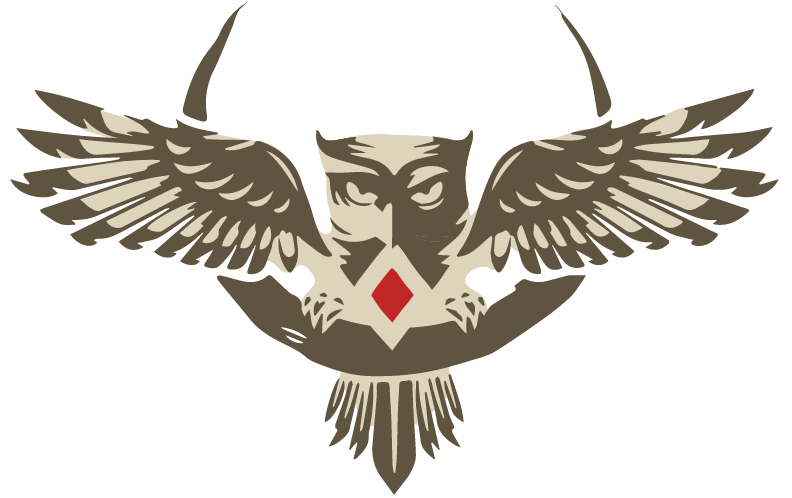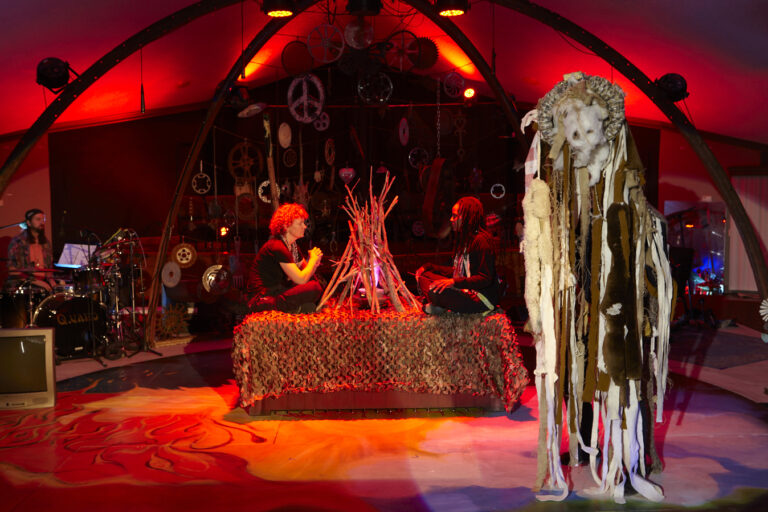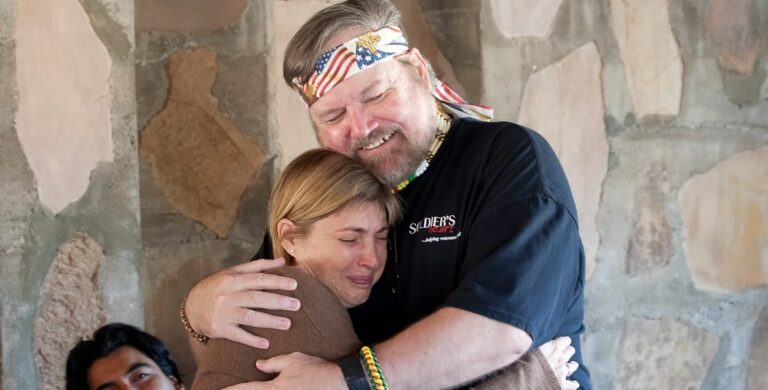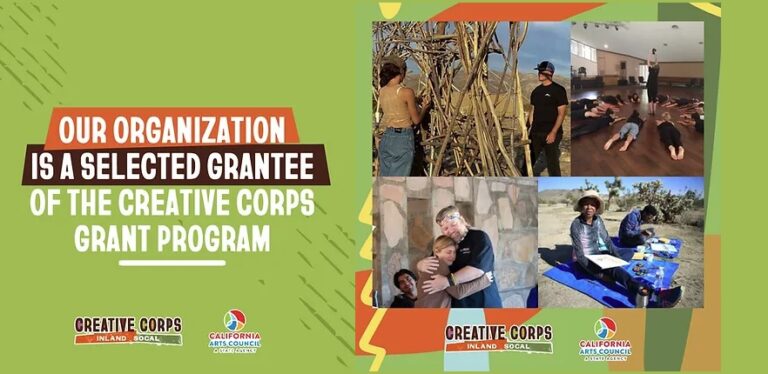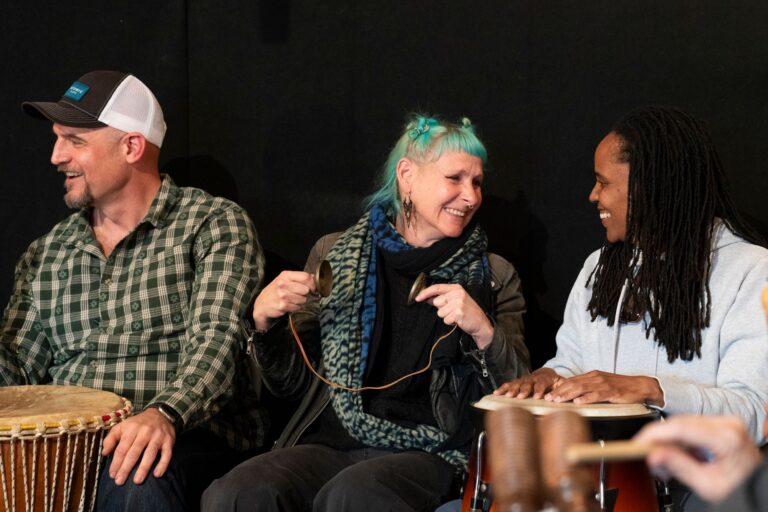Eight Weeks to Showtime! Creating a Cohesive, Dynamic, and Authentic Performance
Reading time 3 minutes
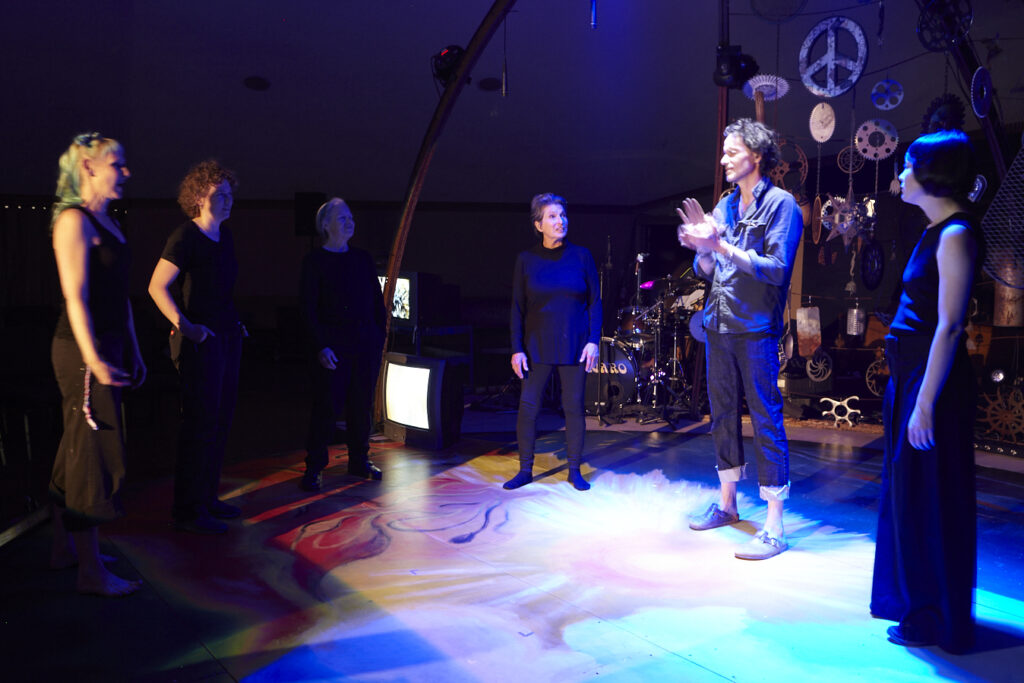
Producing Tapestry is an opportunity to foster community engagement and understanding.
Our production process began once the script was delivered. What followed was an intense eight-week period dedicated to various moving parts including learning and rehearsing parts, refining the script, designing and building the set, and creating music, costumes, choreography, and video installations.
Tapestry: A One Act Play was performed in front of live audiences on May 3, 2024 for friends and family in a “dry run,” and on May 4, 2024 for the public. Read on to learn how we handled production.
Music, Costumes, and Choreography
During this phase, musicians sampled and furthered their compositions, costume makers crafted the necessary attire, and the choreographer developed and refined the movement sequences. Each artist had ownership over their respective parts of the project, allowing for individual creativity while maintaining overall cohesion. The creative director was available to support the artists by answering questions and providing insight, but did not micromanage their decisions, fostering a sense of collective ownership and creativity.
Set Design and Video
Set designers and video artists worked collaboratively to create an immersive environment for the performance. The set included a playable dome structure, which played a crucial role in the overall aesthetic and functionality of the production. The video installations complemented the live performance, adding depth and enhancing the storytelling experience.
Playable set: The audience had the opportunity to experience the innovative blend of set design and live music performance with our dome installation constructed by Bobby Furst. In this unique display of object-based music performance, musicians interacted with hanging objects to create captivating sounds, and to transform the set into an instrumental scenography. As the lines between scenery and sound blurred, audience members were immersed in an uncommon theatrical experience.
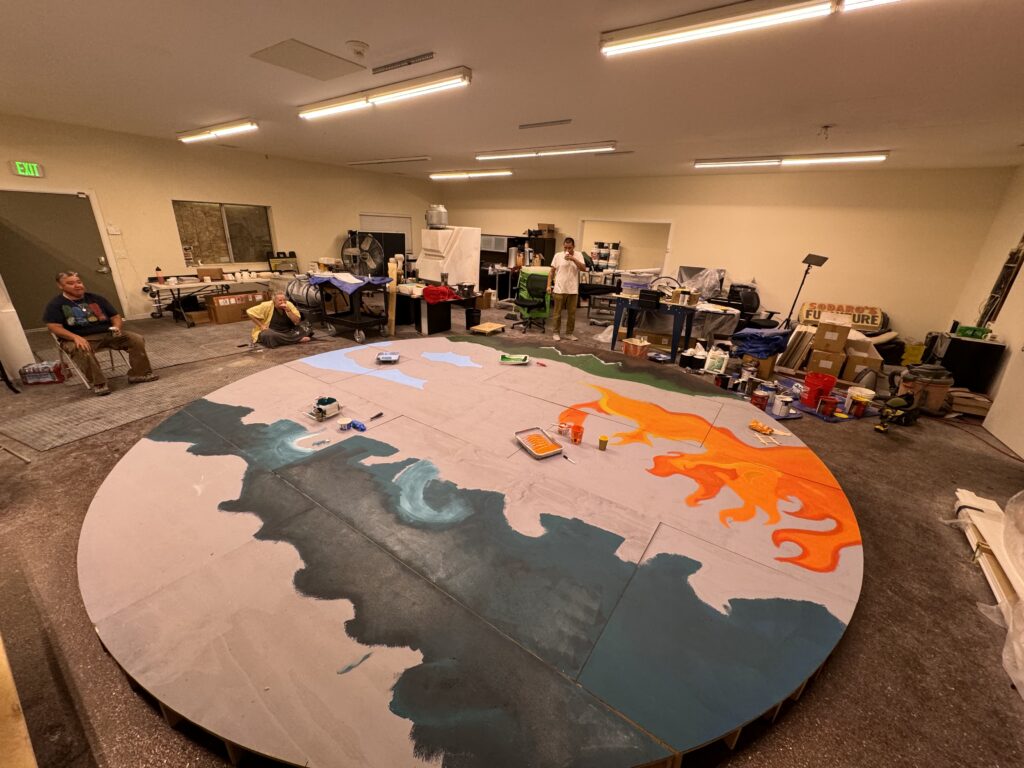
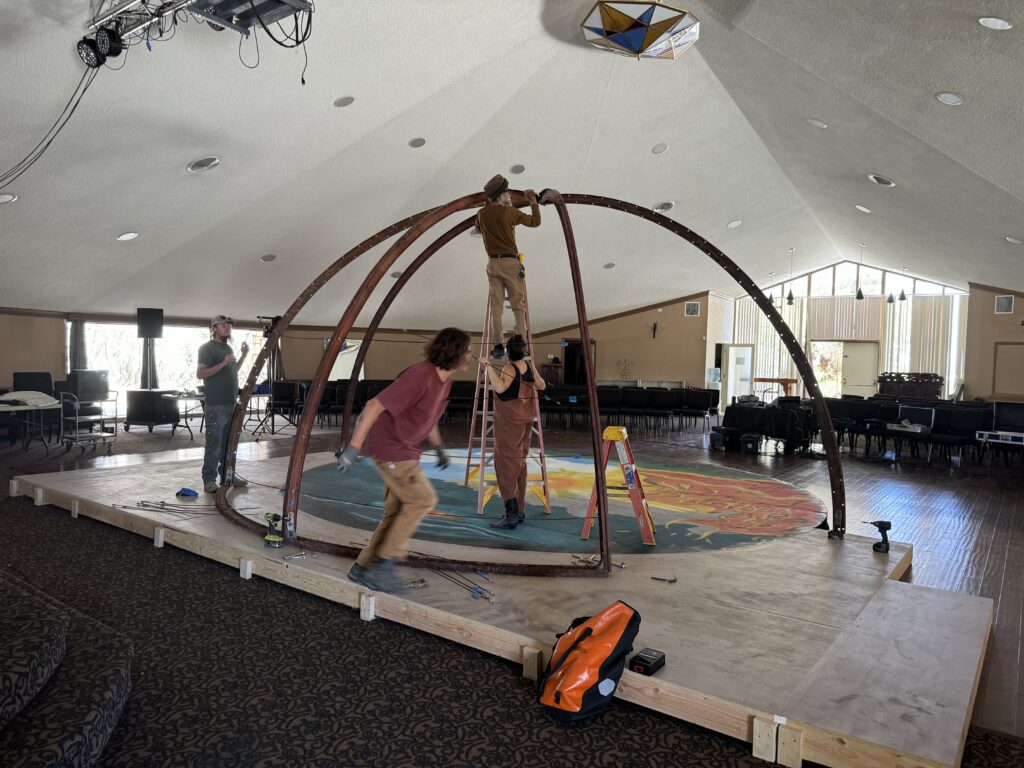
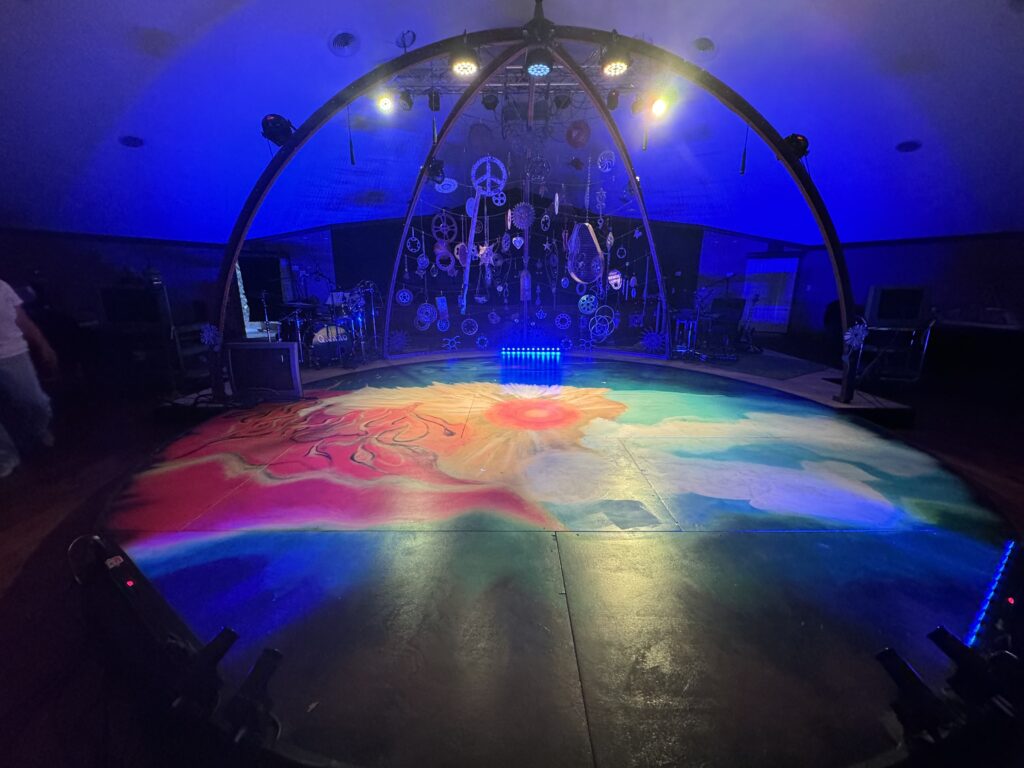
Rehearsals
Rehearsals were a crucial part of the performance’s success. Brave program participants, most of whom were not performers, filled the character roles, some as players on the stage; others as readers of the dialogue.
With a focus on maintaining a sense of play and exploration, the team engaged in exploratory, improvisational work, theater games, and group activities to build a strong foundation of trust and collaboration.
Participants were encouraged to ask questions, be playful, and explore without the pressure of immediate results.
At the same time, participants were challenged to bring their very best performance. Through an arduous process of continual refinement, participants rose to the occasion and seized the rare opportunity to be an integral part of an exceptional professional performance.
The creative team was helpful and supportive to first time performers, coaching and practicing more when needed to help them feel comfortable and confident.

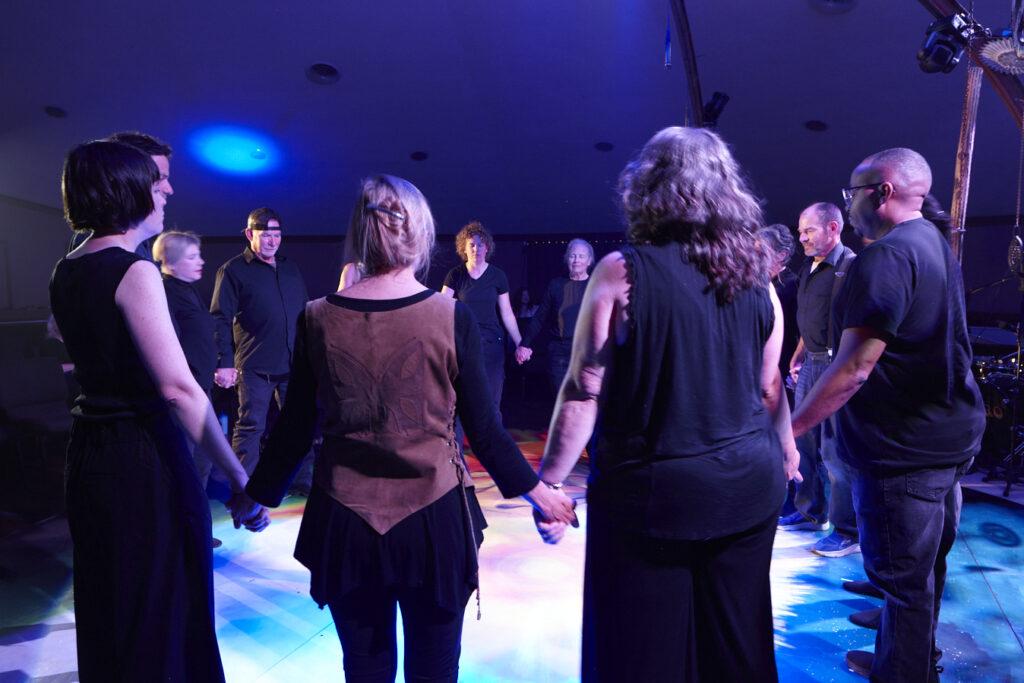

Pulling Together the Performance
In the final weeks before the performance, the entire team worked intensively to bring all elements together. The creative team finalized their creations. Friends and participants of the previous workshops were called in to assist on an as-needed basis as production assistants. This period was marked by a high level of collaboration and hands-on involvement from all participants.
Performance Photos
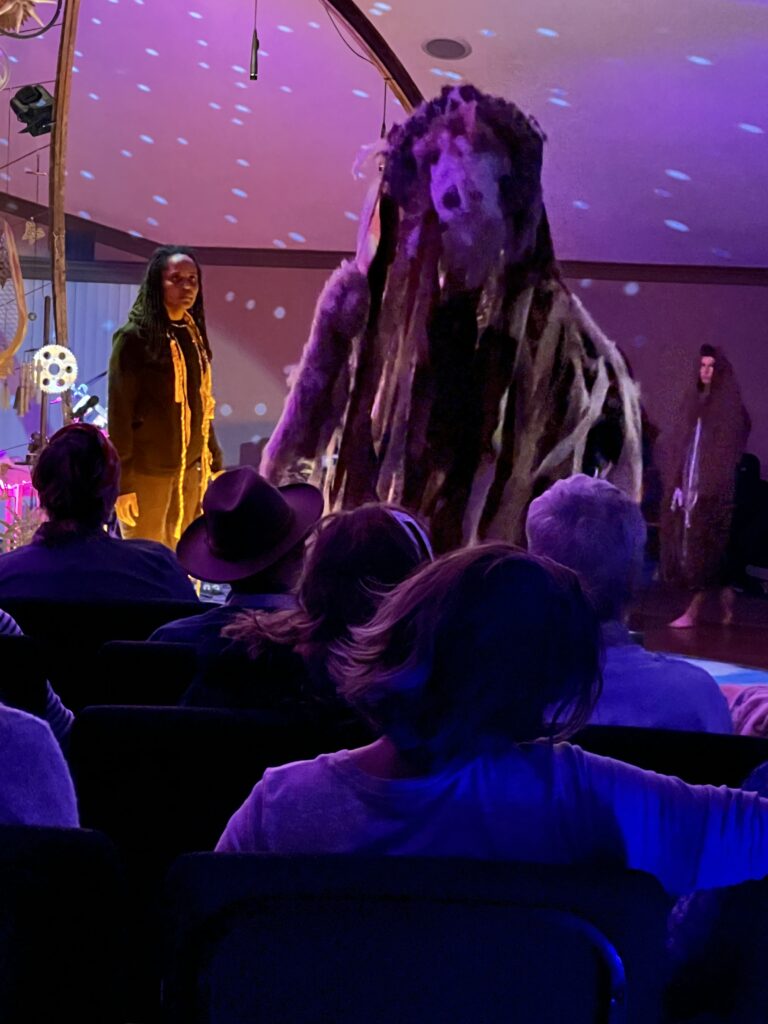


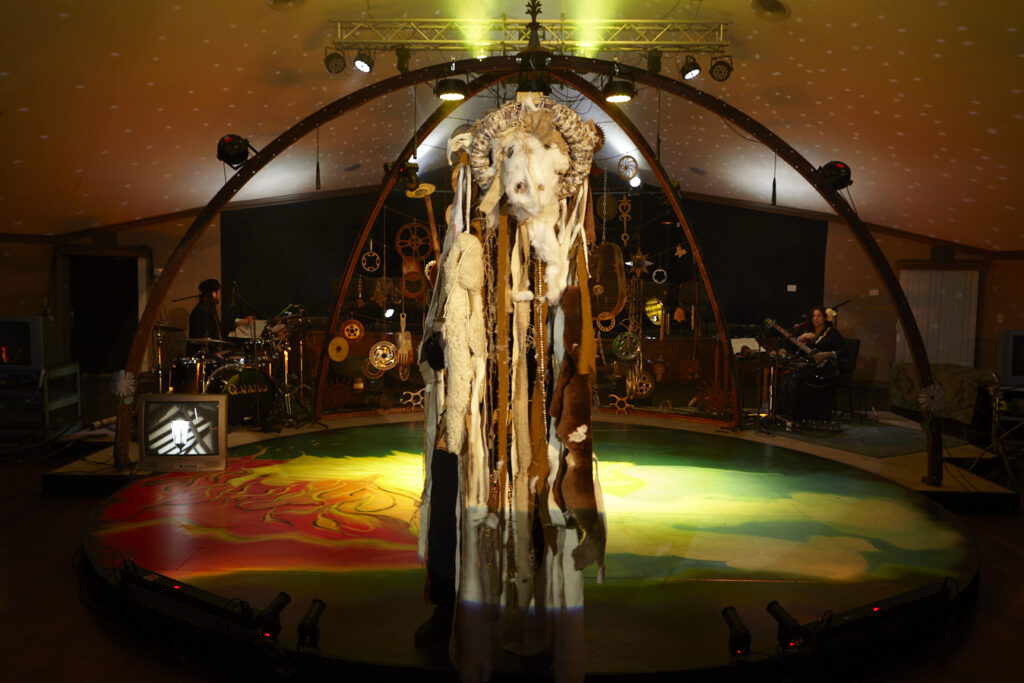
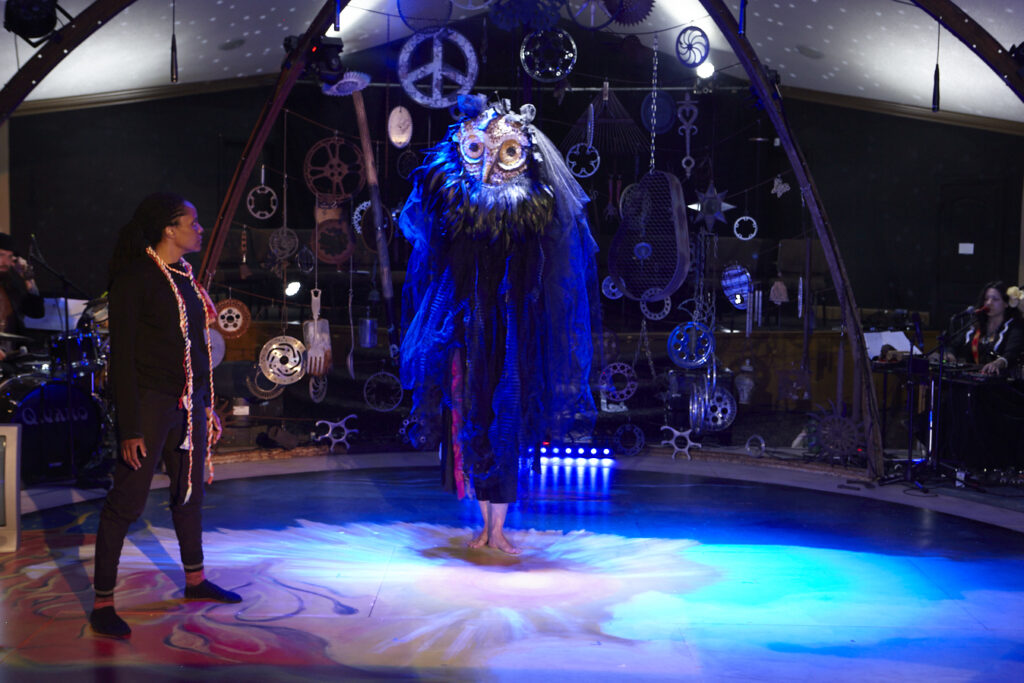
Tips From Our Creative Director
Collaborative Playmaking
Encourage a collaborative environment where artists and participants can freely share ideas.
Democratized Decision-Making
Avoid centralizing power by allowing artists to make decisions independently, fostering a sense of ownership and creativity.
Artists, such as costume makers and set designers, do not need to seek approval for their designs. This fosters a sense of collective ownership and creativity, making the project a true community and collaborative effort.
Clear Boundaries and Support
While artists have space to explore their creativity, do provide defined parameters, and offer support and guidance as needed.
Exploratory Rehearsals
Incorporate exploratory, improvisational work, theater games, and group activities to build trust and collaboration among participants.
